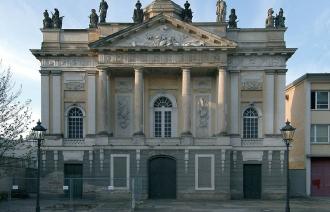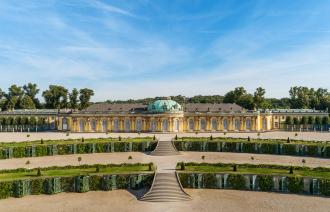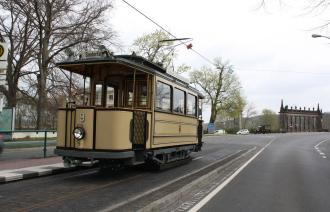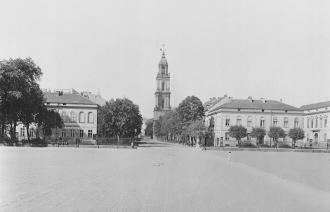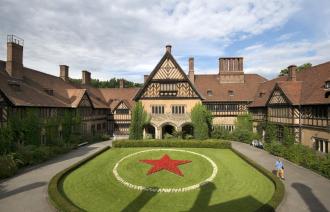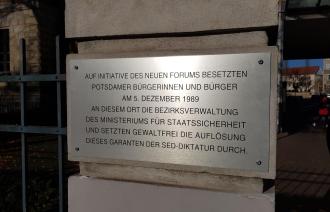115 - the public administration's customer service hotline
The Service centre is available Monday to Friday from 8 AM to 6 PM. You can reach it by calling 115 or via the central dial-in numbers: +49-331-289-0, +49-331-289-1110, +49-331-289-1111, and +49-331-289-1112.Source: www.potsdam.de
1660–1740: Expansion as a Military Garrison Town
Potsdam owes its development into a garrison town to the Prussian King Frederick William I, who prioritized everything toward building a strong army.Source: www.potsdam.de
1740–1870 Development into a Royal Residence City
Frederick II transformed Potsdam into a prestigious residence city. The creations of his era still define the appearance and character of the city today.Source: www.potsdam.de
1871–1918 The Rise of the Imperial Bourgeois City
The economic boom that began in Germany after 1871 did not bypass Potsdam. Between 1860 and 1890, the population grew by approximately one-third.Source: www.potsdam.de
1919 – 1945: Significance as a Prussian City of Tradition
March 21, 1933, entered German history as the ominous "Day of Potsdam." Following the Reichstag fire in Berlin, Hitler used the opening ceremony of the newly elected Reichstag as a propaganda message.Source: www.potsdam.de
1945 – 1989 Transformation into the Socialist District Capital
On May 8, 1945, World War II officially ended, and in July, Potsdam was at the center of global attention: the Potsdam Conference of the victorious powers took place at Cecilienhof Palace.Source: www.potsdam.de
1989 – Peaceful Revolution
The peaceful revolution in the GDR also reached Potsdam. Over 100,000 citizens of the socialist district city responded to a call for demonstrations from opposition groups and protested on November 4, 1989, for democratic goals.Source: www.potsdam.de
993 – 1660 From Poztupimi to Secondary Residence of Elector Frederick William
On July 3, 993 Potsdam was documented for the first time: The thirteen-year-old king of the East-Franconian-German Empire and later emperor Otto III gave his aunt, the abbess Mathilda of Quedlinburg, the place Poztumi.Source: www.potsdam.de
Accessibility Statement – State Capital Potsdam
The state capital Potsdam is committed to ensuring digital accessibility for people with disabilities. We continuously improve usability for everyone and apply the relevant accessibility standards. The accessibility statement applies to the website smartcity.potsdam.de.Source: smartcity.potsdam.de
Accessibility Statement – State Capital Potsdam
The state capital Potsdam is committed to ensuring digital accessibility for people with disabilities. We continuously improve usability for everyone and apply the relevant accessibility standards. The accessibility statement applies to the website potsdam.de.Source: www.potsdam.de


